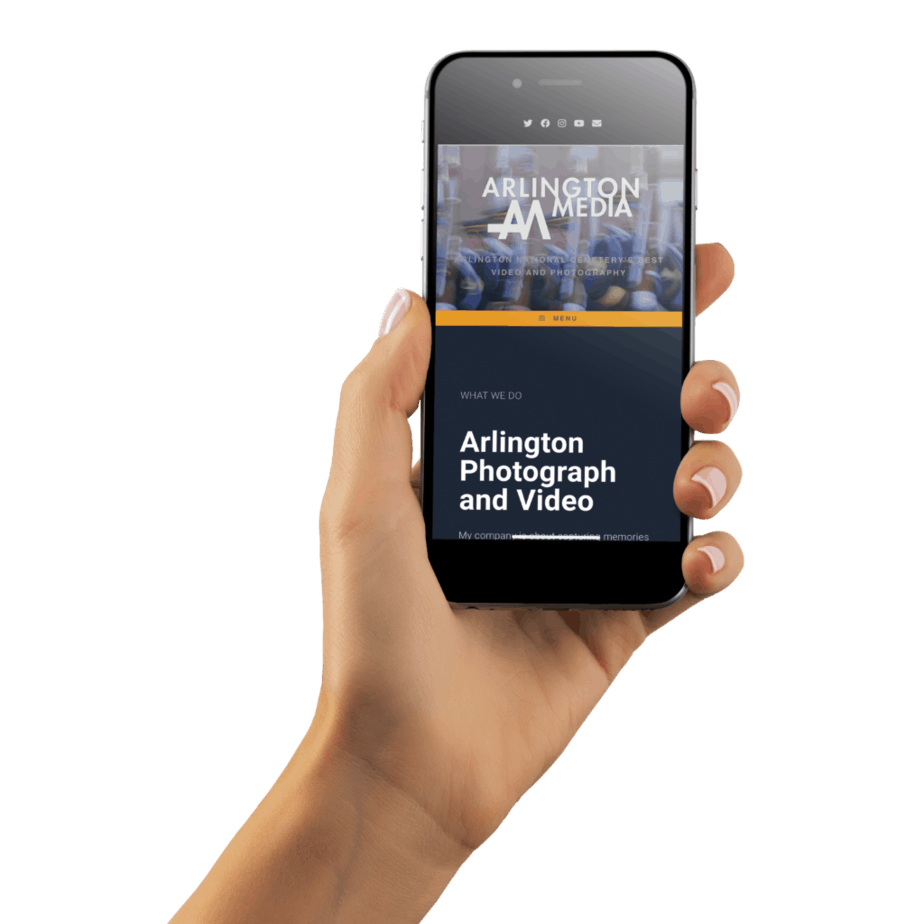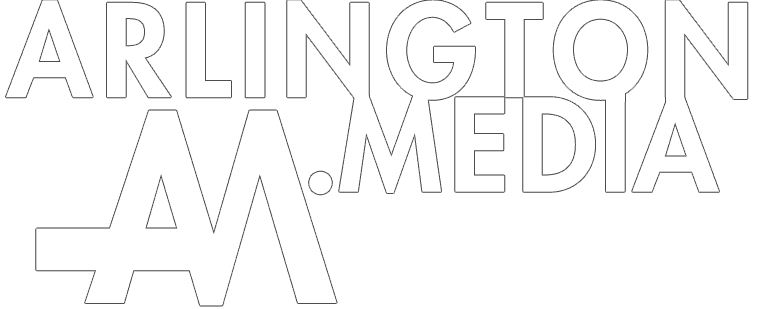Skip to content
Continue ReadingThe caisson platoon conducts an average of 1,700 funerals per year between all five branches of the services. The honor is reserved for all officers, warrant officers, sergeant major (E-9, the highest enlisted rank), with priority given to those killed in the line of duty. A typical caisson team consists of a minimum of seven horses, matched gray or black, four riders, and a serviceman displaying the colors of the deceased members branch of service. Six of the horses pull the caisson, three of which have riders. The three other horses are riderless. The two horses closest to the caisson are called the wheel horses, and these are the most experienced horses and act as the brakes. The two front horses are the leads, and they are the second most experienced. The two middle horses are called the swings, and they are the least experienced. The seventh horse, which has a rider, is the guide horse. The seventh horse is ridden off the team to allow the section chief to move independently, ensuring that the designated route is clear, and to coordinate with the marching troops prior to the funeral service. In battles, the horses on the right side were used for carrying provisions and replacing a main horse if needed. Caissons were used to carry the wounded and deceased from the battlefield as well as hauling ammunition. The field artillery used a six-horse hitch, and today, the platoon uses their equipment, tack, techniques, and training methods laid out in the artillery manual printed by the Army in 1942. PC: @arlingtonmedia
Continue ReadingThe caisson platoon conducts an average of 1,700 funerals per year between all five branches of the services. The honor is reserved for all officers, warrant officers, sergeant major (E-9, the highest enlisted rank), with priority given to those killed in the line of duty. A typical caisson team consists of a minimum of seven horses, matched gray or black, four riders, and a serviceman displaying the colors of the deceased members branch of service. Six of the horses pull the caisson, three of which have riders. The three other horses are riderless. The two horses closest to the caisson are called the wheel horses, and these are the most experienced horses and act as the brakes. The two front horses are the leads, and they are the second most experienced. The two middle horses are called the swings, and they are the least experienced. The seventh horse, which has a rider, is the guide horse. The seventh horse is ridden off the team to allow the section chief to move independently, ensuring that the designated route is clear, and to coordinate with the marching troops prior to the funeral service. In battles, the horses on the right side were used for carrying provisions and replacing a main horse if needed. Caissons were used to carry the wounded and deceased from the battlefield as well as hauling ammunition. The field artillery used a six-horse hitch, and today, the platoon uses their equipment, tack, techniques, and training methods laid out in the artillery manual printed by the Army in 1942. PC: @arlingtonmedia
Continue ReadingMcClellan Gate can be seen standing erect amidst the early morning fog at Arlington National Cemetery in Arlington, Virginia. McClellan Gate marks the original entrance to Arlington National Cemetery. Named for Civil War General George B. McClellan, the reddish-brown archway remains one of the cemetery’s most iconic landmarks, towering 30 feet above the ground. Atop the arch facing east, the name “McClellan” is inscribed in gold, above lines from Theodore O’Hara’s poem “Bivouac of the Dead” (1847): “On fame’s eternal camping ground their silent tents are spread / And glory guards with solemn round, the bivouac of the dead.” Other lines from the poem are on the west-facing arch: “Rest on embalmed and sainted dead, dear as the blood ye gave / No impious footsteps here shall tread on the herbage of your grave.” Like McClellan, O’Hara fought in the Mexican-American War (1846-1848) and wrote the poem to honor fallen soldiers from that conflict. However, “Bivouac of the Dead” became most closely associated with the Civil War, as it appeared on both Union and Confederate monuments during the 1860s.
Continue ReadingMcClellan Gate can be seen standing erect amidst the early morning fog at Arlington National Cemetery in Arlington, Virginia. McClellan Gate marks the original entrance to Arlington National Cemetery. Named for Civil War General George B. McClellan, the reddish-brown archway remains one of the cemetery’s most iconic landmarks, towering 30 feet above the ground. Atop the arch facing east, the name “McClellan” is inscribed in gold, above lines from Theodore O’Hara’s poem “Bivouac of the Dead” (1847): “On fame’s eternal camping ground their silent tents are spread / And glory guards with solemn round, the bivouac of the dead.” Other lines from the poem are on the west-facing arch: “Rest on embalmed and sainted dead, dear as the blood ye gave / No impious footsteps here shall tread on the herbage of your grave.” Like McClellan, O’Hara fought in the Mexican-American War (1846-1848) and wrote the poem to honor fallen soldiers from that conflict. However, “Bivouac of the Dead” became most closely associated with the Civil War, as it appeared on both Union and Confederate monuments during the 1860s.
Continue ReadingThe Sentinels of the Tomb of the Unknown Soldier stand watch 24 hours a day, 365 days a year, in any weather. Sentinels, who volunteer for this post, are considered the elite of the elite 3rd U.S. Infantry Regiment (The Old Guard), headquartered at nearby Fort Myer, Virginia. After members of the 3rd U.S. Infantry Regiment become ceremonially qualified, they are eligible to volunteer for duty as Sentinels at the Tomb. If accepted, they are assigned to Company E of The Old Guard. Each soldier must be in superb physical condition, possess an unblemished military record and be between 5 feet, 10 inches and 6 feet, 4 inches tall for men or 5 feet, 8 inches and 6 feet, 2 inches tall for women, with a proportionate weight and build. Would-be Tomb Guards must first undergo an interview and a two-week trial. During the trial phase, they memorize seven pages of Arlington National Cemetery history. This information must be recited verbatim in order to earn a “walk.” If a soldier passes the first training phase, “new soldier” training begins. New Sentinels learn the history of Arlington National Cemetery and the grave locations of nearly 300 veterans.They learn the guard-change ceremony, the manual of arms, and methods for keeping their uniforms and weapons in immaculate condition. The Sentinels must pass multiple tests to earn the privilege of wearing the silver Tomb Guard Identification Badge. First, they are tested on their manual of arms knowledge, uniform preparation and walks. Then, they take the badge test, consisting of 100 randomly selected questions from the 300 items memorized during training. The would-be badge holder must get more than 95 % correct. The Tomb Guard Identification Badge is a temporary award until the badge-holding Sentinel has honorably served at the Tomb of the Unknown Soldier for nine months. At that time, the award can become a permanent badge, which may be worn for the rest of a military career. The silver badge is an upside-down, laurel-leaf wreath surrounding a depiction of the Tomb’s front face, the words “Honor Guard,” and figures representing Peace, Victory and Valor. Over 600 Tomb Guards have earned the badge since the 1950s.
Continue ReadingThe Sentinels of the Tomb of the Unknown Soldier stand watch 24 hours a day, 365 days a year, in any weather. Sentinels, who volunteer for this post, are considered the elite of the elite 3rd U.S. Infantry Regiment (The Old Guard), headquartered at nearby Fort Myer, Virginia. After members of the 3rd U.S. Infantry Regiment become ceremonially qualified, they are eligible to volunteer for duty as Sentinels at the Tomb. If accepted, they are assigned to Company E of The Old Guard. Each soldier must be in superb physical condition, possess an unblemished military record and be between 5 feet, 10 inches and 6 feet, 4 inches tall for men or 5 feet, 8 inches and 6 feet, 2 inches tall for women, with a proportionate weight and build. Would-be Tomb Guards must first undergo an interview and a two-week trial. During the trial phase, they memorize seven pages of Arlington National Cemetery history. This information must be recited verbatim in order to earn a “walk.” If a soldier passes the first training phase, “new soldier” training begins. New Sentinels learn the history of Arlington National Cemetery and the grave locations of nearly 300 veterans.They learn the guard-change ceremony, the manual of arms, and methods for keeping their uniforms and weapons in immaculate condition. The Sentinels must pass multiple tests to earn the privilege of wearing the silver Tomb Guard Identification Badge. First, they are tested on their manual of arms knowledge, uniform preparation and walks. Then, they take the badge test, consisting of 100 randomly selected questions from the 300 items memorized during training. The would-be badge holder must get more than 95 % correct. The Tomb Guard Identification Badge is a temporary award until the badge-holding Sentinel has honorably served at the Tomb of the Unknown Soldier for nine months. At that time, the award can become a permanent badge, which may be worn for the rest of a military career. The silver badge is an upside-down, laurel-leaf wreath surrounding a depiction of the Tomb’s front face, the words “Honor Guard,” and figures representing Peace, Victory and Valor. Over 600 Tomb Guards have earned the badge since the 1950s.


